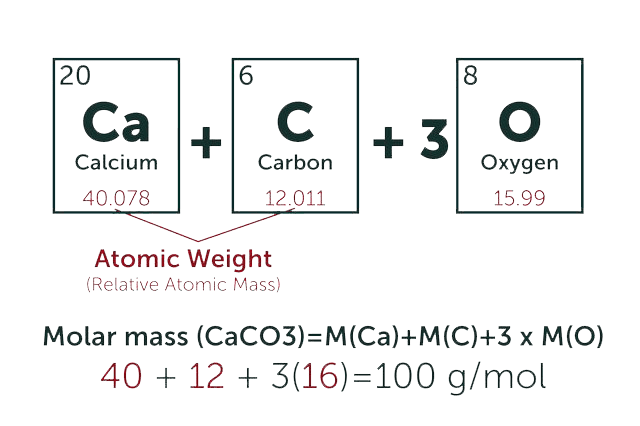1.Orlistat-associated adverse effects and drug interactions: a critical review
Drug Saf. 2008;31(1):53-65. doi: 10.2165/00002018-200831010-00005.
Orlistat, an anti-obesity drug, is a potent and specific inhibitor of intestinal lipases. In light of the recent US FDA approval of the over-the-counter sale of orlistat (60 mg three times daily), clinicians need to be aware that its use may be associated with less well known, but sometimes clinically relevant, adverse effects. More specifically, the use of orlistat has been associated with several mild-to-moderate gastrointestinal adverse effects, such as oily stools, diarrhoea, abdominal pain and faecal spotting. A few cases of serious hepatic adverse effects (cholelithiasis, cholostatic hepatitis and subacute liver failure) have been reported. However, the effects of orlistat on non-alcoholic fatty liver disease are beneficial. Orlistat-induced weight loss seems to have beneficial effects on blood pressure. No effect has been observed on calcium, phosphorus, magnesium, iron, copper or zinc balance or on bone biomarkers. Interestingly, the use of orlistat has been associated with rare cases of acute kidney injury, possibly due to the increased fat malabsorption resulting from the inhibition of pancreatic and gastric lipase by orlistat, leading to the formation of soaps with calcium and resulting in increased free oxalate absorption and enteric hyperoxaluria. Orlistat has a beneficial effect on carbohydrate metabolism. No significant effect on cancer risk has been reported with orlistat.Orlistat interferes with the absorption of many drugs (such as warfarin, amiodarone, ciclosporin and thyroxine as well as fat-soluble vitamins), affecting their bioavailability and effectiveness. This review considers orlistat-related adverse effects and drug interactions. The clinical relevance and pathogenesis of these effects is also discussed.
2.Orlistat, a new lipase inhibitor for the management of obesity
Pharmacotherapy. 2000 Mar;20(3):270-9. doi: 10.1592/phco.20.4.270.34882.
Orlistat, a weight-loss agent with a novel mechanism of action, recently was approved by the Food and Drug Administration for the treatment of obesity. It inhibits gastric and pancreatic lipases in the lumen of the gastrointestinal tract to decrease systemic absorption of dietary fat. In several trials lasting up to 2 years, orlistat was more effective than diet alone for weight reduction and maintenance of lost weight. Orlistat treatment also results in modest improvements in total cholesterol, low-density lipoprotein, blood pressure, and fasting glucose and insulin concentrations. The major adverse effects are gastrointestinal, usually occur early in therapy, and tend to decrease with continued treatment. Because orlistat may decrease the absorption of fat-soluble vitamins, a standard multiple-vitamin supplement is recommended daily during therapy to prevent abnormalities in vitamin serum concentrations. The potential for severe gastrointestinal discomfort and the modest degree of weight loss may limit the agent's clinical utility. Its long-term safety and effectiveness for weight maintenance, cost-effectiveness of treatment, and overall reduction in obesity-related morbidity and mortality remain to be determined.
3.Orlistat induces ferroptosis-like cell death of lung cancer cells
Front Med. 2021 Dec;15(6):922-932. doi: 10.1007/s11684-020-0804-7.
Aberrant de novo lipid synthesis is involved in the progression and treatment resistance of many types of cancers, including lung cancer; however, targeting the lipogenetic pathways for cancer therapy remains an unmet clinical need. In this study, we tested the anticancer activity of orlistat, an FDA-approved anti-obesity drug, in human and mouse cancer cells in vitro and in vivo, and we found that orlistat, as a single agent, inhibited the proliferation and viabilities of lung cancer cells and induced ferroptosis-like cell death in vitro. Mechanistically, we found that orlistat reduced the expression of GPX4, a central ferroptosis regulator, and induced lipid peroxidation. In addition, we systemically analyzed the genome-wide gene expression changes affected by orlistat treatment using RNA-seq and identified FAF2, a molecule regulating the lipid droplet homeostasis, as a novel target of orlistat. Moreover, in a mouse xenograft model, orlistat significantly inhibited tumor growth and reduced the tumor volumes compared with vehicle control (P < 0.05). Our study showed a novel mechanism of the anticancer activity of orlistat and provided the rationale for repurposing this drug for the treatment of lung cancer and other types of cancer.



